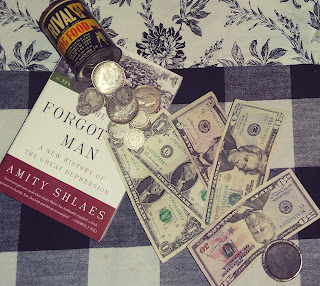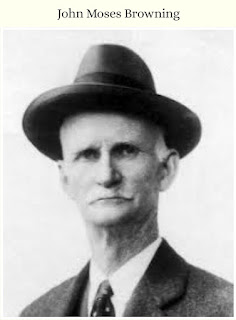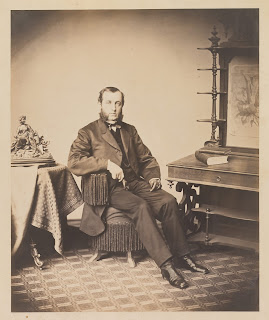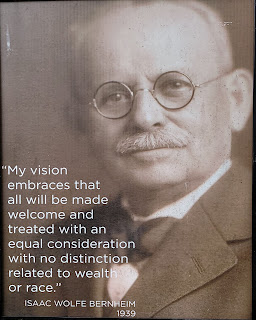Embarking on the Dissertation Process: An Intellectual History of the American Right to Keep and Bear Arms

Embarking on the journey to earn a PhD. Includes the daunting capstone requirement to complete the dissertation process. One of the first requirement of this process is to select a suitable topic that will not only satisfy ones personal interests in order to keep one engaged, but which will contribute to filling a gap in the historiography , or at least being able to explain its existence. My chosen topic for the pursuit of this goal revolves around the research, writing, and defense of an intellectual history of the American right to keep and bear arms as embodied and enumerated in the Second Amendment of the Bill of Rights to the Constitution of the United States. While the idea of a uniquely American interpretation of the right to keep and bear arms is represented by the Second Amendment, it can also be seen in other period writings from the colonial period through the early republic. The foundational research questions supporting this endeavor are: what did the founding



